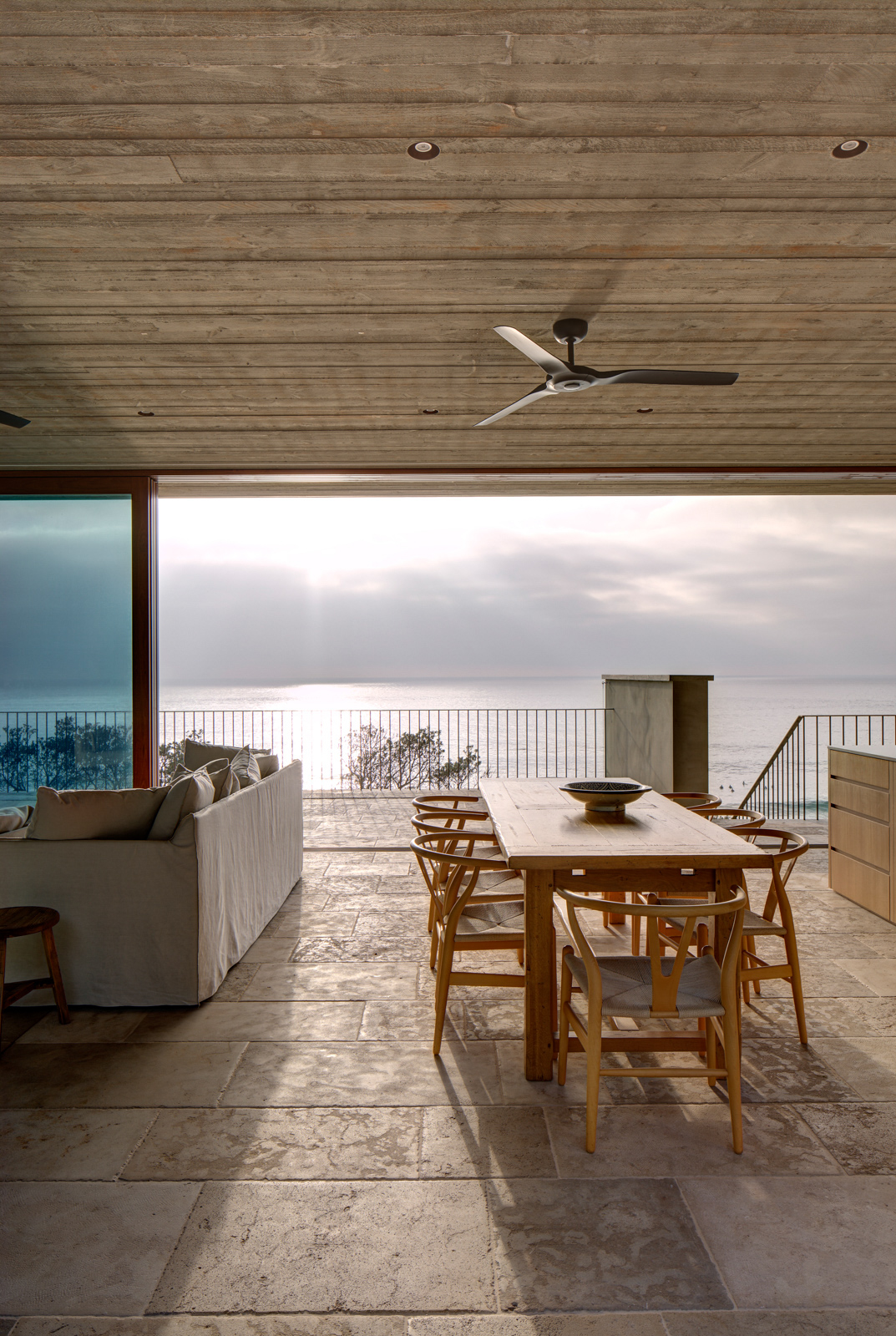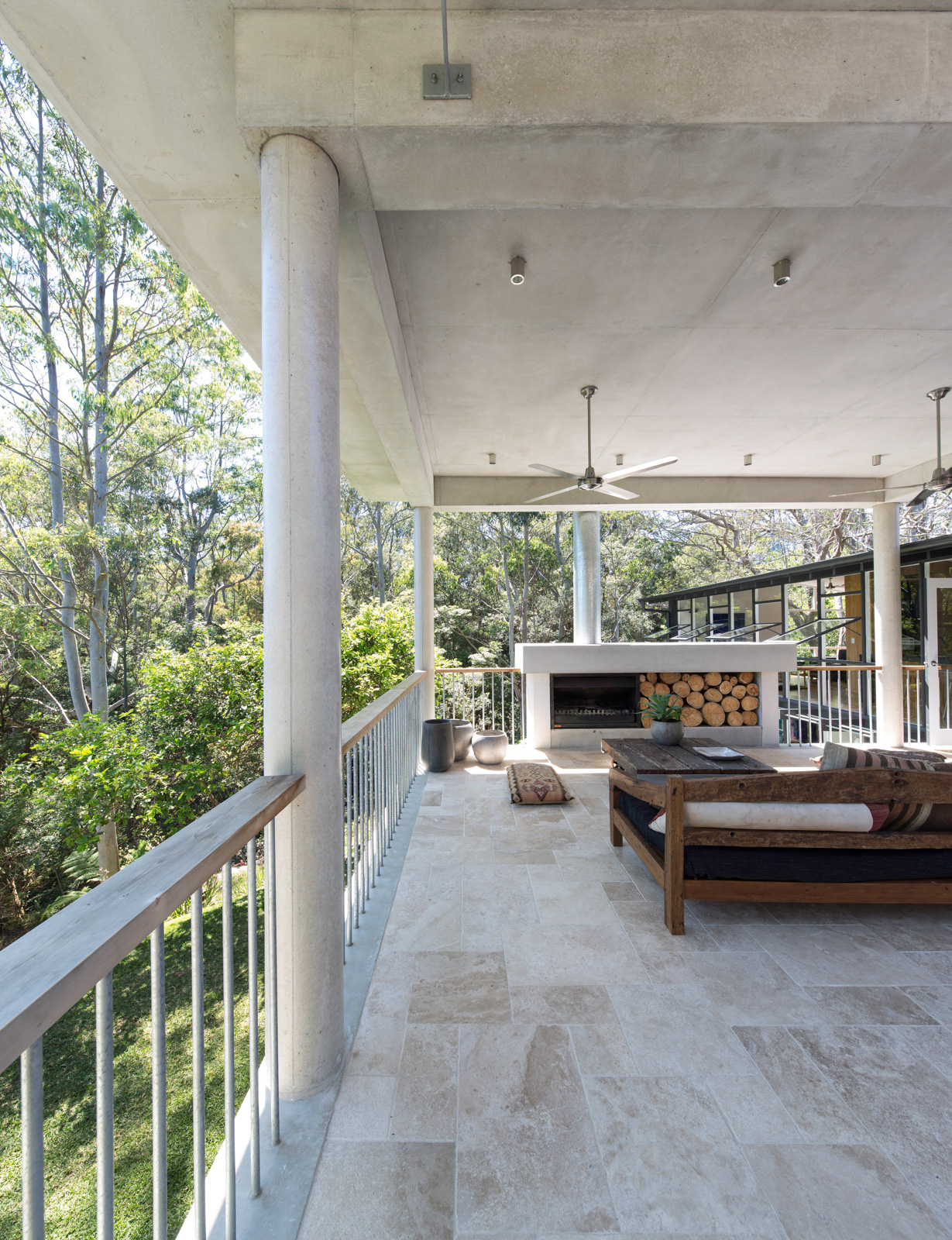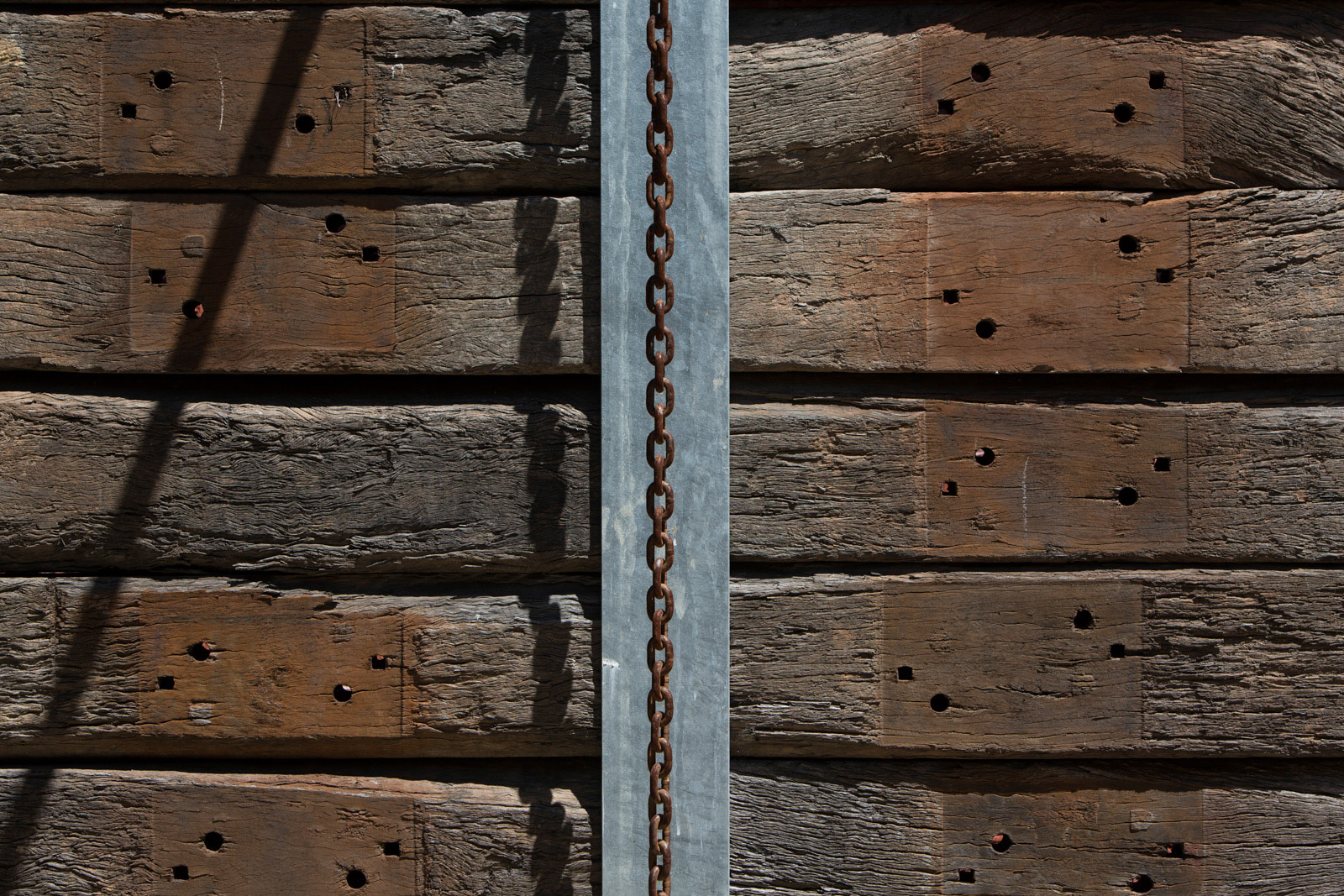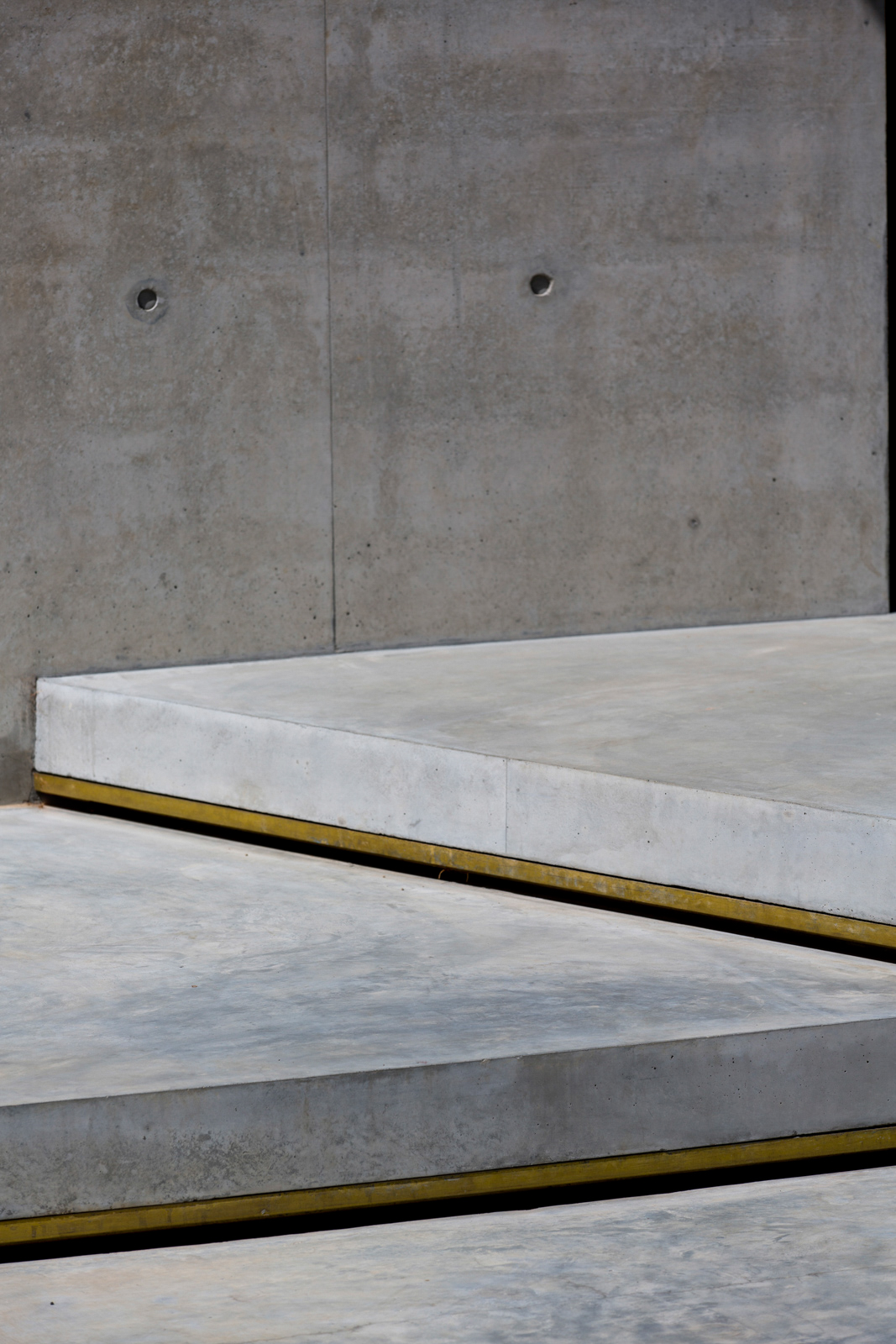
Designing a space with materials in mind
Share
Polly Harbison is a Sydney-based architect who specialises in coastal residences. Here she shares some of her experiences and recommendations for the best materials to use when building in this environment.
ADR: How long have you been working in the design of coastal properties?
Polly Harbison: For a long time because I was originally working with Clinton Murray. He’s a Melbourne-based architect, but when I started working with him he was based at Merimbula on the south coast. I still set up my own company at the same time, but I was really working as a contractor for him.
ADR: What sort of houses were these?
PH: Beach houses. He’d done a lot of projects in and around Merimbula. I used to holiday down there and I’d seen the fantastic buildings. [They used] a lot of recycled timber. What’s interesting is that much of his work and the work I started doing with him was using recycled timber and then we did one project together where the client wasn’t into timber, so we did some off-form concrete – half timber, half off-form concrete.

ADR: Do you now specialise in coastal properties?
PH: Proportionally to the work that I’ve done, I’ve done a lot of beach houses or holiday homes.
ADR: Have you designed your own place?
PH: Yes, in Chatswood West (on Sydney’s lower north shore). My little 1950s house. We live a very outdoors life and that is something that comes into a lot of my projects. The thing about living outdoors is that you need to create a micro-climate, for want of a better word. If you can provide the right amount of shelter from the wind and shade – with outdoor fans or outdoor fireplaces – then obviously you can spend a lot more time living outdoors. It’s also a really cost-effective way to give yourself another living room.
ADR: What are the particular design challenges in this space?
PH: A lot of the buildings on the south coast are quite cold. Many of the houses on the Peninsula that we built with Clinton had an incredible view, but the views were to the south. They have all these little courtyards on the north side of the house that don’t have the view, but they are protected and so often where you hang out the most. You will sit where the cat sits!
ADR: How do you combat the effects of the elements such as salt and wind in coastal properties?
PH: Put in outdoor taps and make sure they are connected to hot water, so you can wash the house down with hot water – it melts the salt. Anything on the coast is going to get hammered, so choose materials that don’t rely on being pristine and beautiful to look good. That’s why I like the timber and stone – materials that actually look great with a bit of age on them, and a bit of weathering. They also settle into the bush better. These are quiet and sensitive environments and, if you have a beach view, that means everybody on the beach can see your house. So it’s important that the building you design really disappears into the bush.

ADR: Do you like to use much colour?
PH: The water and the bush and the outside is so beautiful, I just don’t want to compete with it. The whole intent is that [the house] is just a neutral backdrop to make the blues and greens shine. They are the colour.
ADR: Do you prefer working with new or recycled timber?
PH: I love both. Recycled is fantastic when you get your hot little hands on it. For a lot of the buildings, we use 300 by 300 bridge timber as post and beam construction. Sometimes you can’t get it, so it’s not the right thing to use. But there are so many good Australian hardwoods.
ADR: Which are the best hardwoods in this environment?
PH: It depends on where you are. We do a lot of the windows etc in blackbutt. Or mixed hardwoods coming from the coast, out of Kempsey. A lot of the recycled stuff comes from Eden.

ADR: What sort of wood is the recycled timber?
PH: A lot is ironbark, but with many recycled projects, even at DA (development application) stage, until you’re about to build, you won’t know exactly the material you’re using because you have to find it. Our Bundeena project used a wandoo timber (aka white gum). We put the call out to a couple of suppliers and someone found something – I hadn’t even heard of wandoo before. The Macmasters Beach house is turpentine.
ADR: Does the wood need to be treated?
PH: If you’re happy to let it go grey, you’re still sealing it and oiling it, but you’re not putting a protective coating on the outside. If you want it to keep its colour, then you have to maintain it.
ADR: What about the concrete?
PH: Mostly off-form, but the stairs at Macmasters we used a pre-cut. You get a much better control if it’s pre-cut. But the rest of it is poured on-site. We use a standard mix; we’re not colouring it for the structure of the building, we’re not changing it. What’s I like about that is that if there is any bleaching or calcification that’s going to happen, it’s already rough because it was imperfect to start with.
ADR: What do you use for the floors?
PH: We have used limestone, which was beautiful, but the one we used in Macmasters was better. That’s a Moroccan sandstone, which is fantastic to walk on in bare feet. There’s a little bit of underfloor heating for winter, but in summer it’s a very soft stone to walk on. The tactile thing is really important.

ADR: Do you specify the fabrics for the drapes and cushions?
PH: It would depend. The Macmasters house is very elaborate, but just had curtains for the glare because it’s right on the water. The super dreamy fun white curtain felt like the right thing to do in contrast to the very solid beach houses. It’s a cotton linen mix with some polyester to make it hardier, which increases its lifespan in this environment from two or three years to seven or eight.
ADR: You don’t use a great deal of metal, but what is your preference for when you do?
PH: Brass because it patinas so well. The older it gets, the better it gets. You put it up and it looks gaudy and gold, and in those marine environments three days later it has tarnished off. With our own home, we didn’t have the money and we had to use galvanised, which mimics brass.
Architect: Polly Harbison
Photography: Brett Boardman















